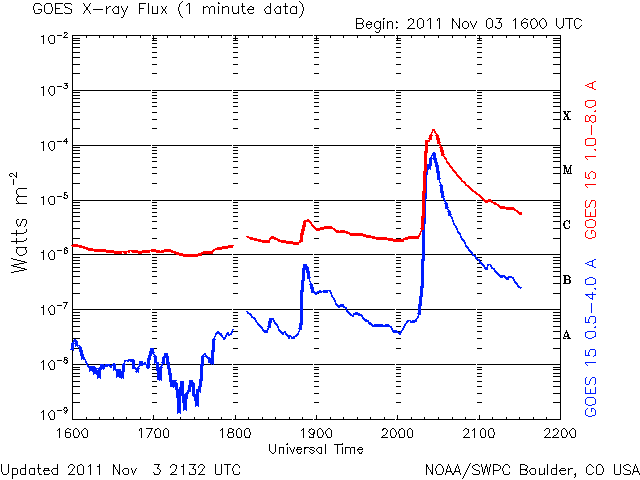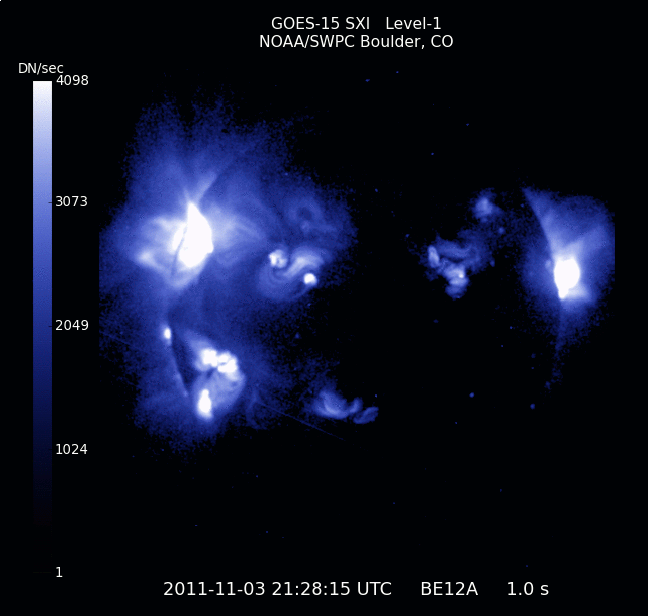It looks like you're using an Ad Blocker.
Please white-list or disable AboveTopSecret.com in your ad-blocking tool.
Thank you.
Some features of ATS will be disabled while you continue to use an ad-blocker.
share:
reply to post by intergalactic fire
Thank you for update ..
Last solar flare M 2.5 is from same sunspot group 1339 ..
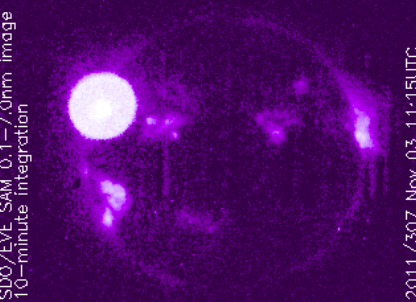
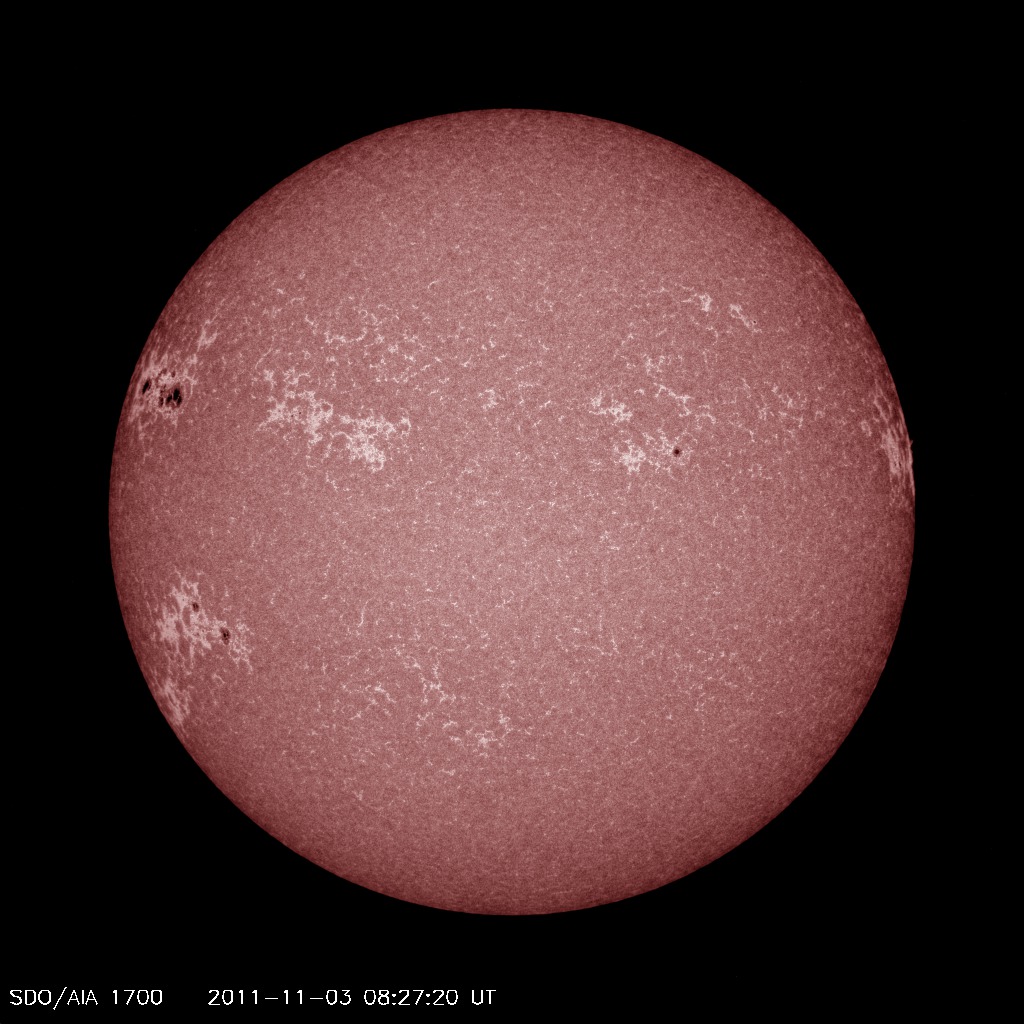
Thank you for update ..
Last solar flare M 2.5 is from same sunspot group 1339 ..


edit on 3-11-2011 by Dalke07 because: (no reason given)
Some newest images ..
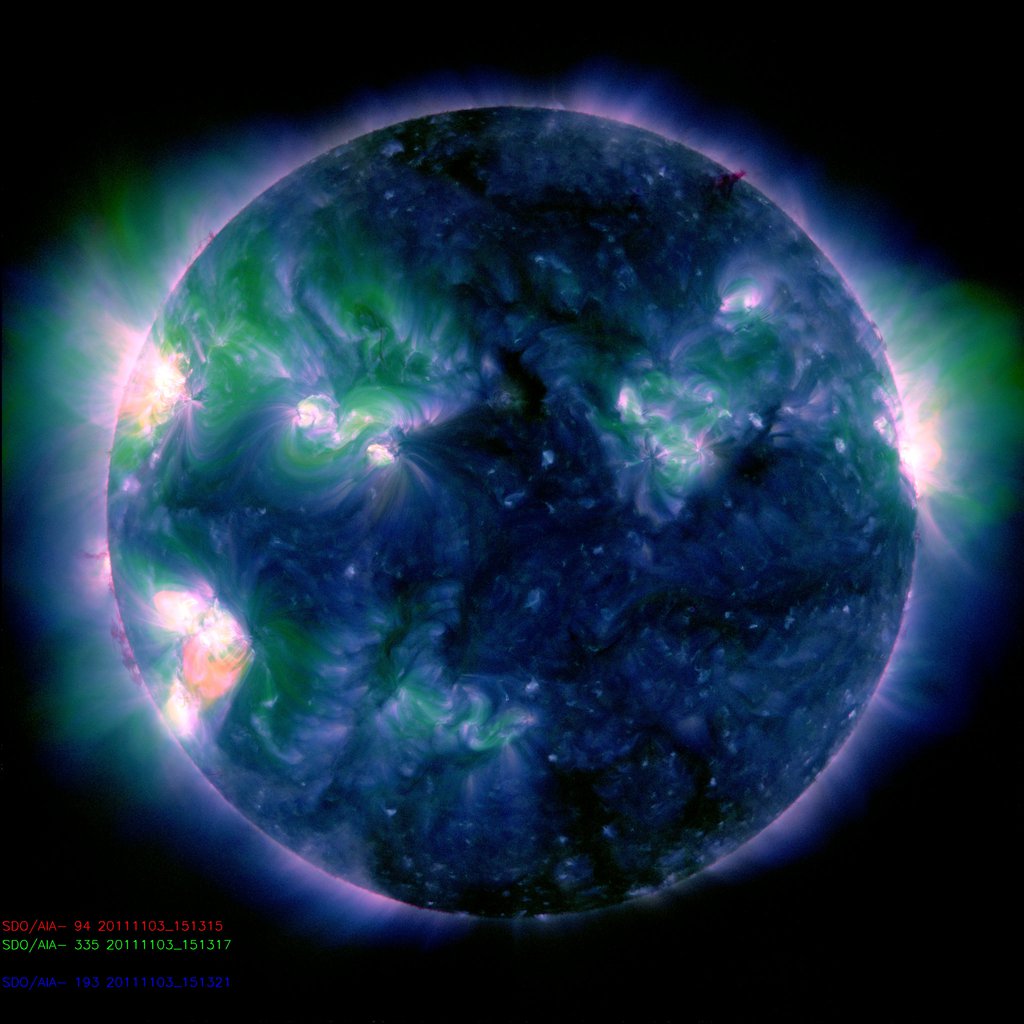



edit on 3-11-2011 by Dalke07 because: (no reason given)
Very impressive images!
Hope it lets up before
it faces earth.
Hope it lets up before
it faces earth.
I have recently suffered through a hard drive failure. I had some good sites saved in my favs that I have lost. May I ask that some of you post the
sights that give more indepth info on the Sun and it's manmade sattlelites monitoring it? One inparticular shows a few graphs as well as one of the
sattlelites photos, I think it's the two A and B sattlelites. Any and all will be appreciated, Thank you.
reply to post by NervousNJerky
I hate it when that happens! I lost a bunch of mine that way, and never got them back!
*waits for some space links*
I hate it when that happens! I lost a bunch of mine that way, and never got them back!
*waits for some space links*
wow, this spot wants to be remembered or something! Next week will be interesting indeed. Not only it is an X class, but it appears to me that the
event is lasting quite a bit, it went down to C class then started to go up again:
www.swpc.noaa.gov...
Luckily it is not earth directed yet.. lets see next week. Next year this time will be interesting indeed..
www.swpc.noaa.gov...
Luckily it is not earth directed yet.. lets see next week. Next year this time will be interesting indeed..
Well, the other day we had a 60% chance of an X flare.. if things will keep on developing we will have a little Earth-directed boom next week .. Still
not believing it is going to be extreme but I could be wrong.
reply to post by Romanian
There is still a 60% chance for X-flares.
I can't find any data yet if there was a CME produced after this flare and what it direction would be.
According to the latest HMI images there isn't much changed in this region after this flare, so yes, we will probably see more activity from here.
There is still a 60% chance for X-flares.
I can't find any data yet if there was a CME produced after this flare and what it direction would be.
According to the latest HMI images there isn't much changed in this region after this flare, so yes, we will probably see more activity from here.
Originally posted by crazydaisy
Very impressive images!
Hope it lets up before
it faces earth.
Speaking of Faces...
You did intend the pun, right?
on another subject...
I'm looking on the horizon behind the two sun spots... am I seeing a super massive sun spot coming around the bend behind these two?!
edit on
3-11-2011 by Heyyo_yoyo because: (no reason given)
reply to post by intergalactic fire
Thank you IGF for all update ..
Sunspot groups are still very active ..
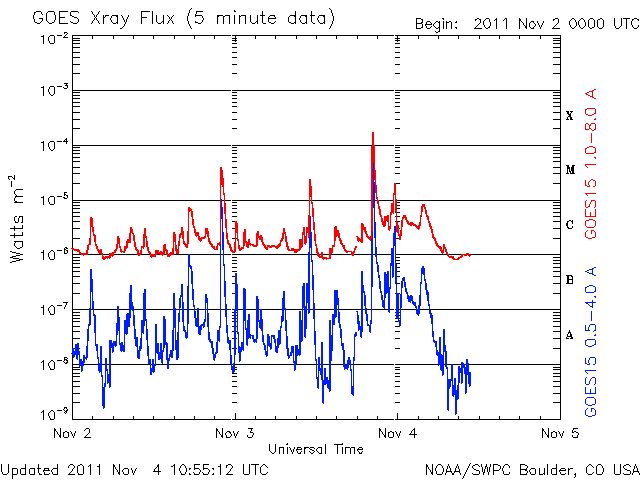
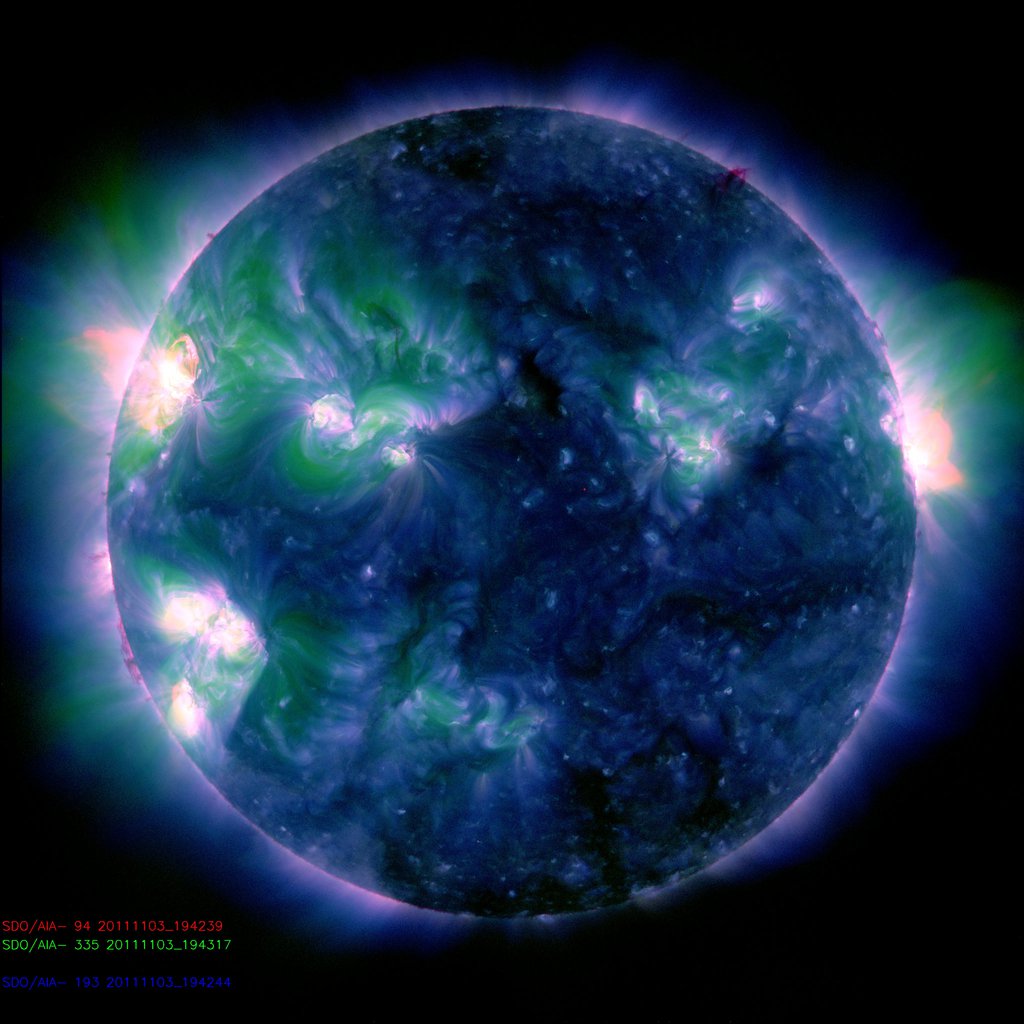

This CME is from sunspot what is not visibly yet, she is active too ..
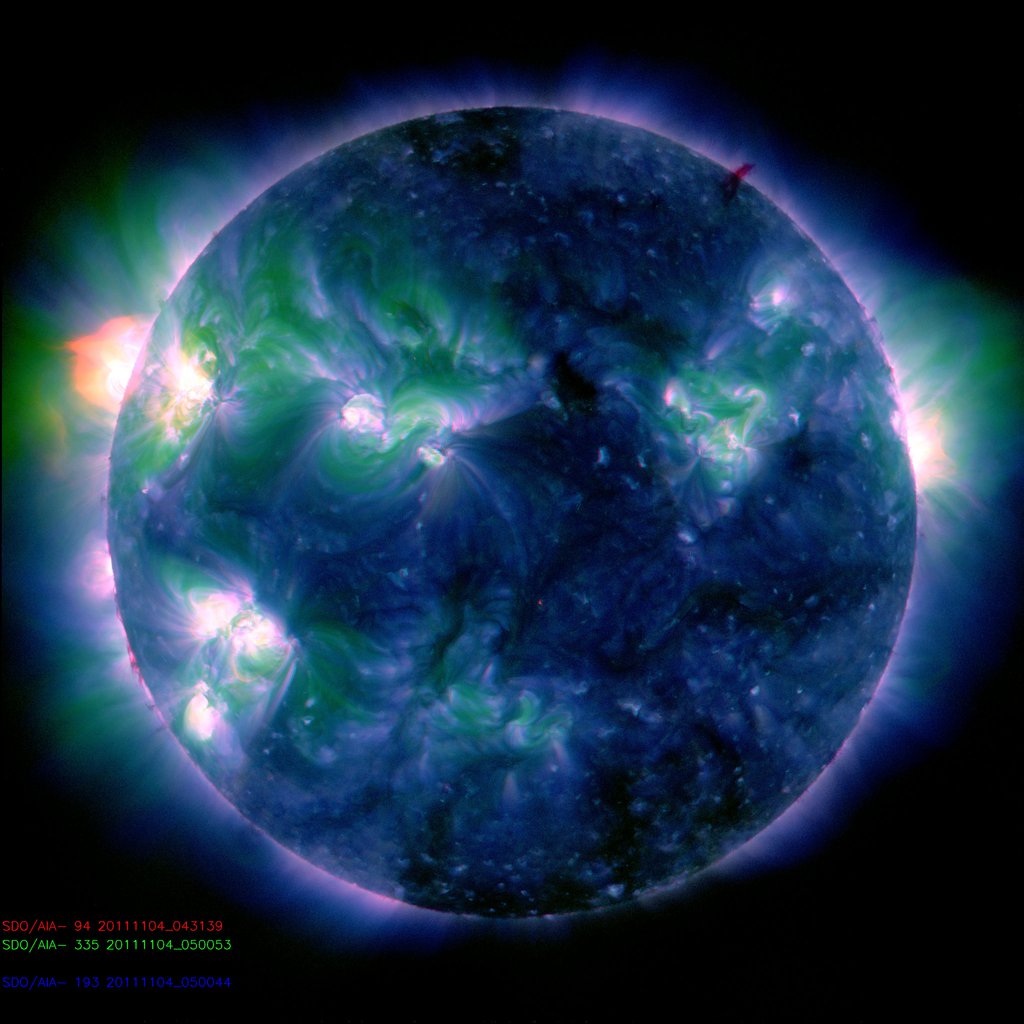
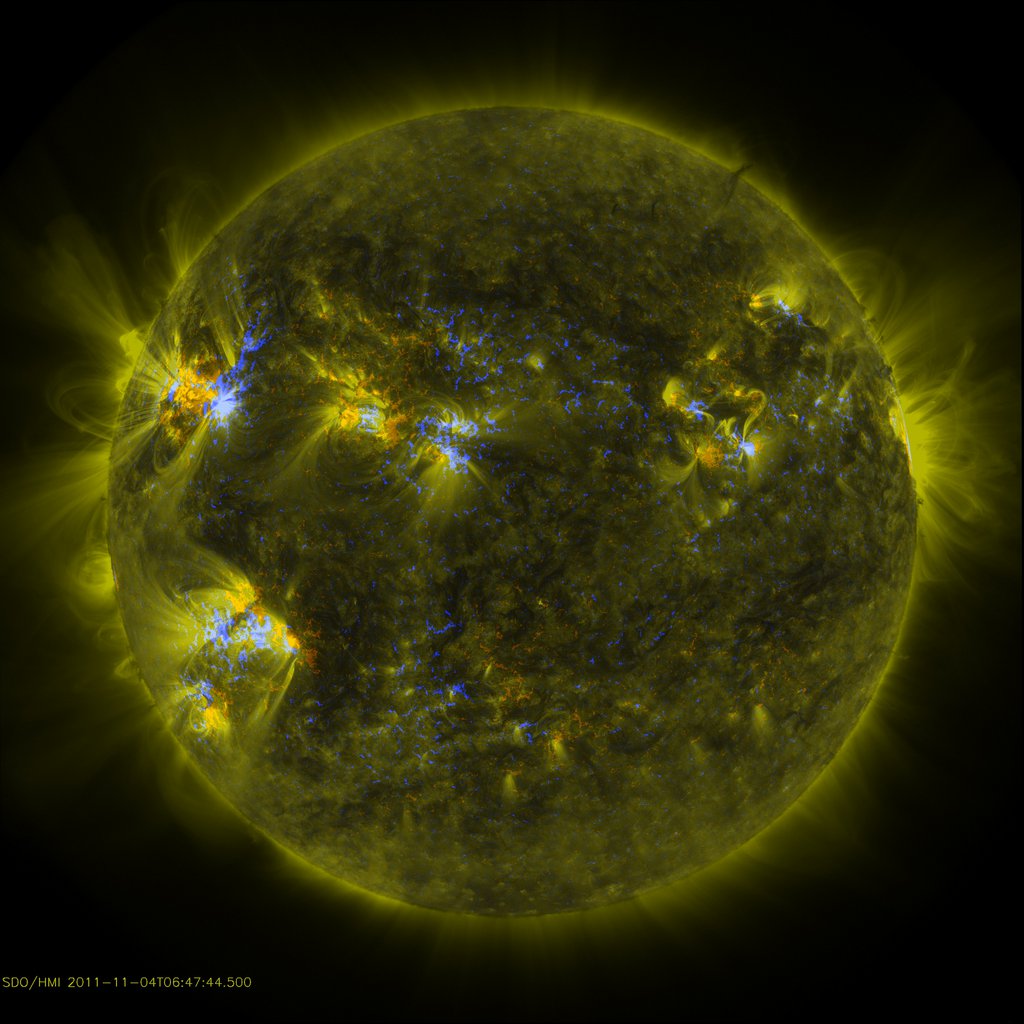
Thank you IGF for all update ..
Sunspot groups are still very active ..



This CME is from sunspot what is not visibly yet, she is active too ..


edit on 4-11-2011 by Dalke07 because: (no reason given)
Think we have stronger eq and volcanic activity from 7 to 17 Nov, if that sunspots groups be active like they are now ..
spaceweather.com...
sdowww.lmsal.com...
news.discovery.com...
The source would be AR1339, one of the biggest sunspots in many years. The active region rotated over the sun's eastern limb two days ago and now it is turning toward Earth
spaceweather.com...
sdowww.lmsal.com...
Analysts at the Goddard Space Weather Lab say the CME will hit Mercury on Nov. 4th around 16:14 UT. NASA's MESSENGER probe in orbit around Mercury will be monitoring the effects of the impact. If the CME overwhelms Mercury's relatively weak magnetic field, it could scour material off the planet's surface creating a temporary atmosphere and adding material to Mercury's comet-like tail. The CME should hit Venus on Nov. 5th; the gossamer cloud will probably break harmlessly against the top of planet's ultra-dense atmosphere.
news.discovery.com...
edit on 4-11-2011 by Dalke07 because: (no reason given)
Sunspot 1339 group is very powerful and have potential to produce X10+ class flares ..
Hope that will not happen ..
www.solen.info...
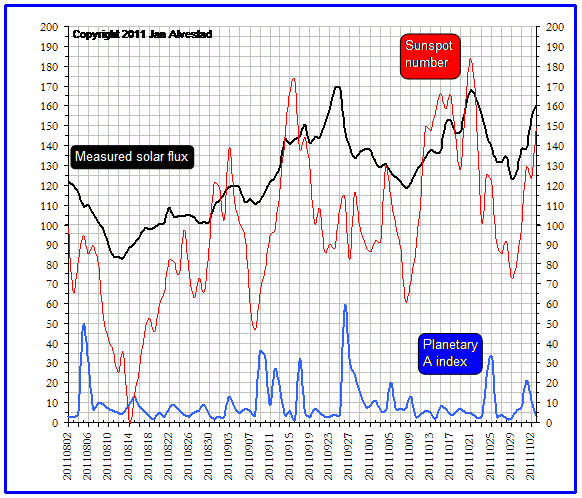
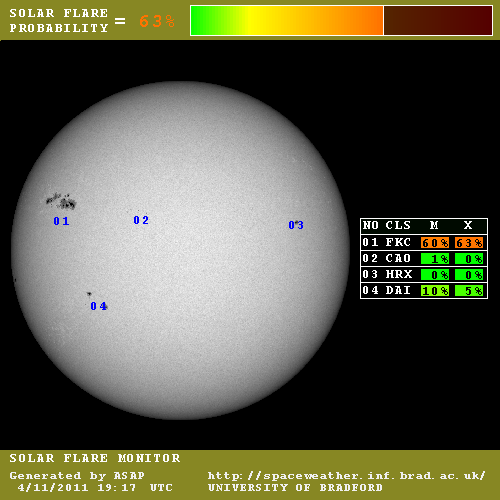
spaceweather.inf.brad.ac.uk...
This one take "intergalactic fire" before 32 hrs, below is latest ..
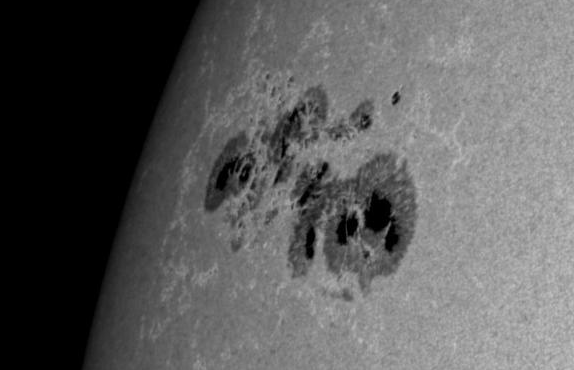

Hope that will not happen ..
Region 11339 [N19E58] is a complex, compact, very large region with the potential to produce X10+ class flares.
www.solen.info...


spaceweather.inf.brad.ac.uk...
This one take "intergalactic fire" before 32 hrs, below is latest ..


edit on 4-11-2011 by Dalke07 because: (no reason given)
Thanks for that pic.
You can see the change over 36h period.
Many of the center, mid spot are gone and the larger spots seem to decay.
Still the region has mixing polarities within the different spots, which could be a sign of more big flares to come.
You can see it good on the STAR active regions map
www.solen.info...
red (pink) is negative and blue (blue-green) is positive
You can see the change over 36h period.
Many of the center, mid spot are gone and the larger spots seem to decay.
Still the region has mixing polarities within the different spots, which could be a sign of more big flares to come.
You can see it good on the STAR active regions map
www.solen.info...
red (pink) is negative and blue (blue-green) is positive
edit on 4-11-2011 by intergalactic fire because: (no reason given)
We have some new solar flares M class, M 1.0 and M 3.7 ..
They are from same 1339 sunspot group ..
www.swpc.noaa.gov...
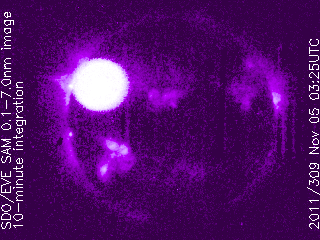
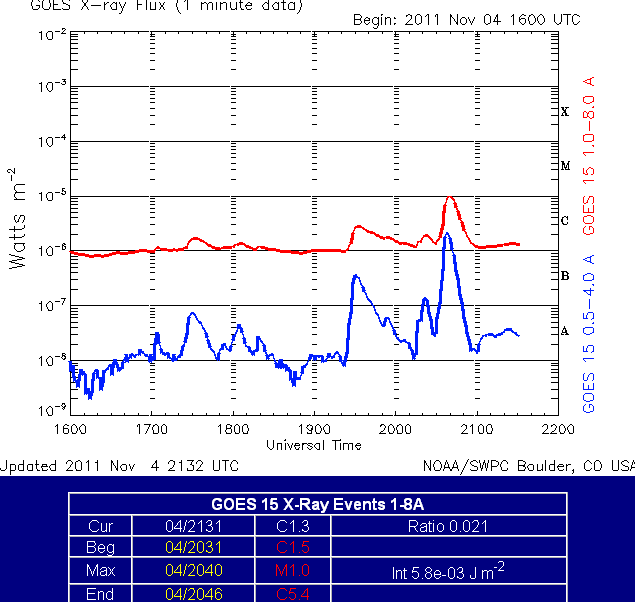
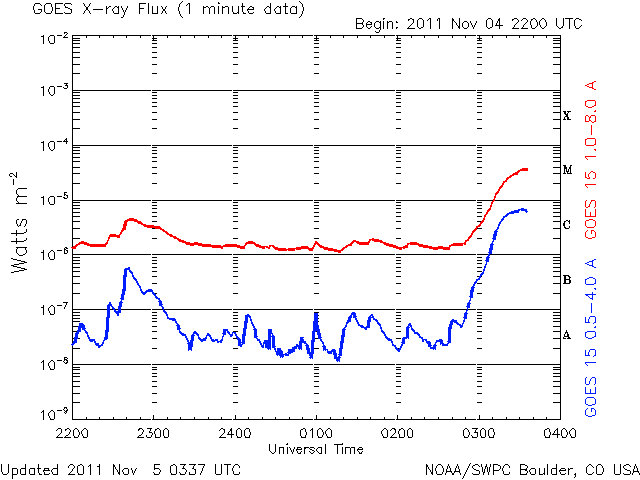
They are from same 1339 sunspot group ..
www.swpc.noaa.gov...



edit on 4-11-2011 by Dalke07 because: (no reason given)
Very nice pictures here is a video from today 5-11-11 12:00 its gigantic
reply to post by Bosb33r
Wow, thank you Bosb33r very mach ..
I love your work a lo00t ..
Your video give my mach better perspective of that sunspot group, looks like Earth will be in straight direction ..
So only we can hope no stronger activity next days but new active area coming in Earth view ..
Now is peaceful we have one more M 1.1 solar flare from AR1339 ..
For powerful sunspot group like AR1339 we can say low-medium activity and hope stay like that ..
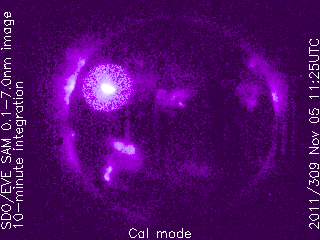
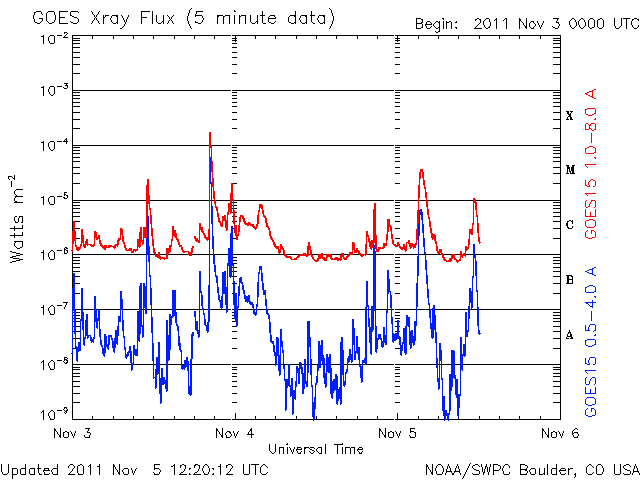
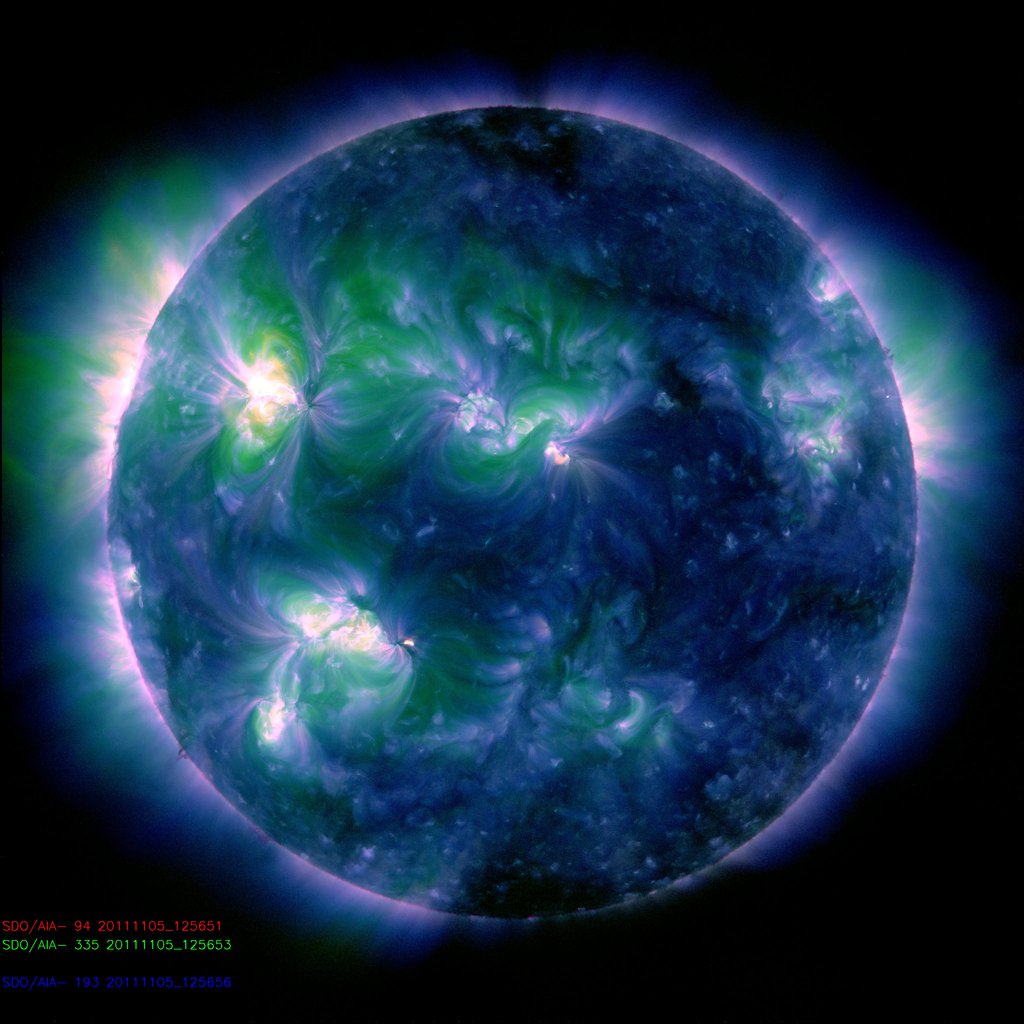
Wow, thank you Bosb33r very mach ..
I love your work a lo00t ..
Your video give my mach better perspective of that sunspot group, looks like Earth will be in straight direction ..
So only we can hope no stronger activity next days but new active area coming in Earth view ..
Now is peaceful we have one more M 1.1 solar flare from AR1339 ..
For powerful sunspot group like AR1339 we can say low-medium activity and hope stay like that ..



edit on 5-11-2011 by Dalke07 because: (no reason given)
One more very big sunspot coming in Earth view, is similar active area ..
In last three picture you can see development sunspot group AR 1339 ..
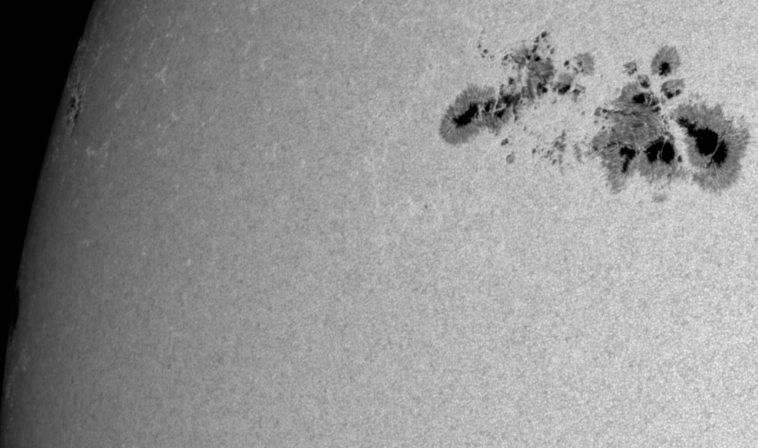
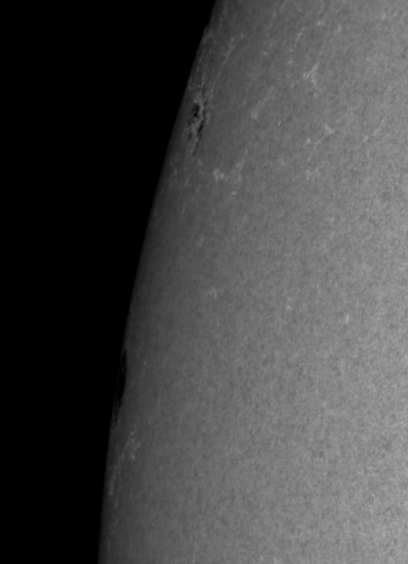
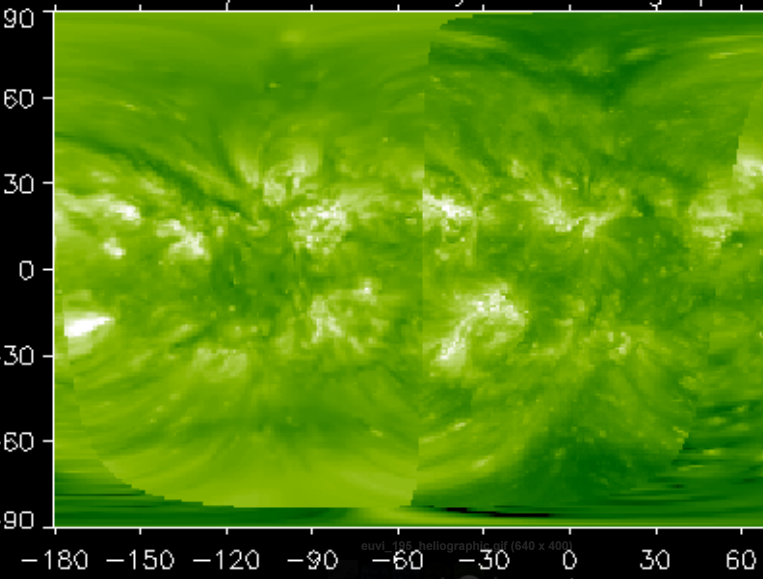
First was taken before 50 h, second 18 h and last one is latest ..


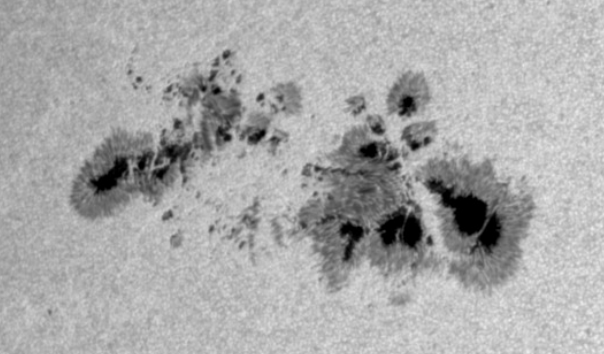
In last three picture you can see development sunspot group AR 1339 ..



First was taken before 50 h, second 18 h and last one is latest ..



edit on 5-11-2011 by Dalke07 because: (no reason given)
new topics
-
and14263 New Account Not the Same Old Me
Introductions: 29 minutes ago -
Just spotted an unusual aircraft Melbourne Australia
Aliens and UFOs: 7 hours ago
top topics
-
Mass Shooting Towson, Maryland - 7 shot, 1 possibly dead
Social Issues and Civil Unrest: 15 hours ago, 6 flags -
The truth lets admit it
Aliens and UFOs: 12 hours ago, 6 flags -
Just spotted an unusual aircraft Melbourne Australia
Aliens and UFOs: 7 hours ago, 5 flags -
and14263 New Account Not the Same Old Me
Introductions: 29 minutes ago, 0 flags
active topics
-
The truth lets admit it
Aliens and UFOs • 46 • : AlroyFarms -
Trump Cancel trip to New Jersey because of drones
Aliens and UFOs • 66 • : WeMustCare -
The Mystery Drones and Government Lies --- Master Thread
Political Conspiracies • 125 • : WeMustCare -
What's the buzz
General Chit Chat • 18 • : crayzeed -
and14263 New Account Not the Same Old Me
Introductions • 2 • : AdultMaleHumanUK -
New job to help stop school shootings
Social Issues and Civil Unrest • 28 • : UpIsNowDown2 -
The Fight for Election Integrity Continues -- Audits, Criminal Investigations, Legislative Reform
2024 Elections • 4369 • : IndieA -
Was Biden's Mass clemency and pardons one last cash grab?
US Political Madness • 9 • : watchitburn -
Defending the need for adherence to Old Testament commandments under the new covenant of Christ
Conspiracies in Religions • 41 • : Degradation33 -
Elon Musk has Meeting with Nigel Farage at Mar-a-Lago
Regional Politics • 8 • : angelchemuel

